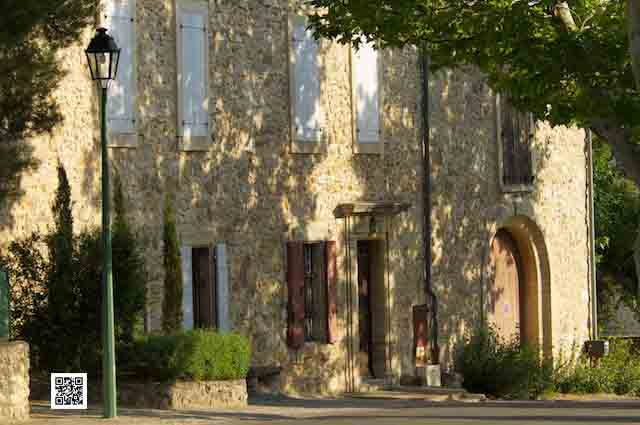art
The Bleeding Edge of Abstraction - Mondrian
22/10/12 17:19 Filed in: Photography & Art

Piet Mondrian started as a landscape artist and arrived at abstraction. Maybe he actually made a journey into the essence of landscape or the essence of things we see as chairs and trees. When seeing fabrics, blood, skin and cells under the microscope they appear to be patterns of shapes and pretty close to Mondrian’s artwork.
How does this journey go in photography? Maybe a good example is the work of Andreas Gursky, yet also in his work the grass along the Rhein is still recognizable as grass and houses as houses. A camera can produce abstract images, yet we tend to photograph things in their normal being and not as essential abstract patterns of light and matter. Why is this? I don’t know. Maybe Photoshop will be more likely the tool to create “Mondrians” with our photographs, extracting “abstracts” from them, transforming it into artwork. Photoshop is just great for that, our electronic brush.
For those who like Mondrian, there is a nice book “Coppernickel goes Mondrian”. Check it out.
Ute Sonnenberg for www.rohoyachui.com
How to Create an all Senses Photo Experience
19/07/12 19:26 Filed in: Photography & Art

In earlier blog posts was explained how an image captures a moment with all what’s in the moment. It allows us at any given time even years later to recap what we saw, felt, smelled and thought. We can immediately tell where the photo was taken, who the people in the photo are, how we felt when we took the photo and a lot more what happened at that time. How would it be to intensify this memory by enhancing the aspects of the image with real smells and touches?
Print the photo from the holiday in the Provence, put some lavender in the room, play music from the region, make yourself comfortable on the sofa and have a glass of rosé while feeling that holiday again, 10 years later at any given place.
Sense photography with all your senses and enjoy travelling back in time to the moments you enjoyed.
Happy sensing.
Ute Sonnenberg for www.rohoyachui.com
Real Photos vs. Digital Photos, What Do We Want to Feel?
18/07/12 19:35 Filed in: Photography & Art

Not that long ago we usually came back from a holiday with a couple of film rolls, carrying them to the photo shop and wondering what would be on them. It was an exciting moment when we went back to collect our printed photos, leafing through them quickly; looking for that one image we definitely wanted to be a good one and being surprised what we all had photographed, because there was some time between taking the photo and holding the print in your hand. That has all changed. Nowadays we take a digital photo and look immediately on the screen of our camera how it looks like and quickly erase it when we think it’s not good enough to be seen by anyone else. Then we get home (or to the hotel), upload the images to the computer and some of them make it to be printed or even become part of a photo book, but most of them remain digital files.
Will some day the printing disappear completely? I don’t think so. Even Instagram images can be printed as stickers, small art prints and little books. The service is called Prinstagram and booming. It is just such a completely different feeling holding the print in your hand, putting the sticker with your own artwork on the fridge, giving a birthday card with an image you took to a friend than grabbing the smart phone and looking at the digital file. With a digital file only our eyes are feeling, with a print also our hands feel and the image becomes a multi dimensional sensual experience.
Happy feeling.
Ute Sonnenberg for www.rohoyachui.com